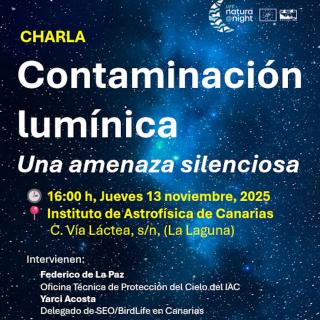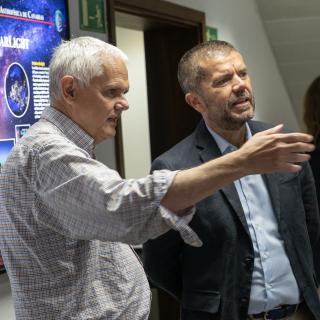Galaxies grow forming stars from gas, but their gas reservoir is very limited. They need a continuous gas supply to keep activity during the lifetime of the Universe. However, do we know where the gas comes from? How is a galaxy fed?
“We knew it from theoretical arguments”, says Jorge Sánchez Almeida, the IAC researcher leading the work. “It falls in from the cosmic web. However, one thing is theory and something different is observation. Our work puts forward a firm observational evidence.”
The gas produced during the Big Bang is distributed in space forming something resembling a network of filaments (the so-called cosmic web; see the Figure). In the nodes of the network, where several filaments meet, galaxies grow. The pristine gas, that has been part of the cosmic web since the beginning of the Universe, falls onto the galaxy disks, providing the fresh material that keeps galaxies alive.
“In some galaxies – explains the IAC researcher Casiana Muñoz Tuñón – we observe distinct star-forming regions made out of pristine gas. Having almost exclusively hydrogen and helium, this type of pure gas is very unusual in galaxies.” Stars produce most of the chemical elements, like oxygen or carbon, and they quickly pollute the gas of a galaxy when exploding as supernovas. “The un-polluted gas that we detect must necessarily come from the cosmic web. There is no other reasonable explanation.”
The difficulty of the work lies in carrying out chemical analyses of extremely faint galaxies. One needs 10-m class telescopes, like the Gran Telescopio CANARIAS (GTC) used in this study. GTC is operated at the Roque de los Muchachos Observatory, in La Palma, Spain.
The work has been published in the specialized journal Astrophysical Journal Letters (see the publication here), and it has been highlighted by the American Astronomical Society. There is also a summary of the results published in the science magazine New Scientist.
Contact:
Jorge Sánchez Almeida: jos [at] iac.es (jos[at]iac[dot]es) (+34 922 605 233). http://www.iac.es/galeria/jos/



